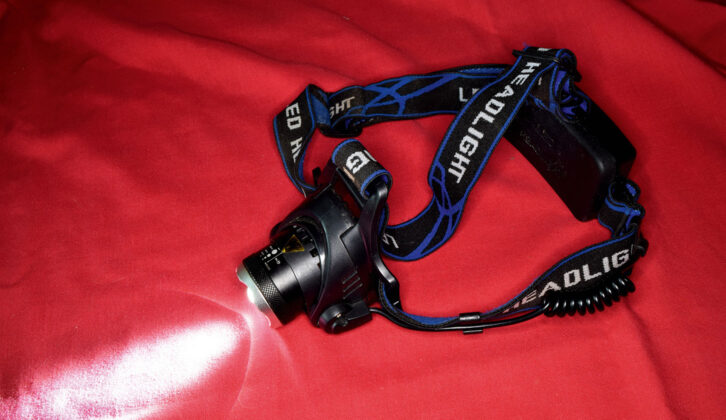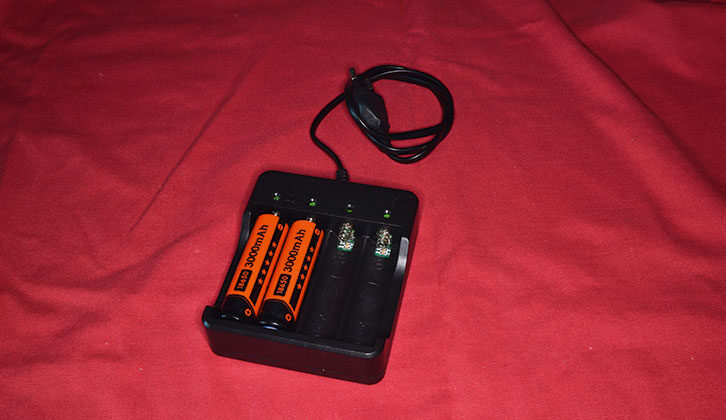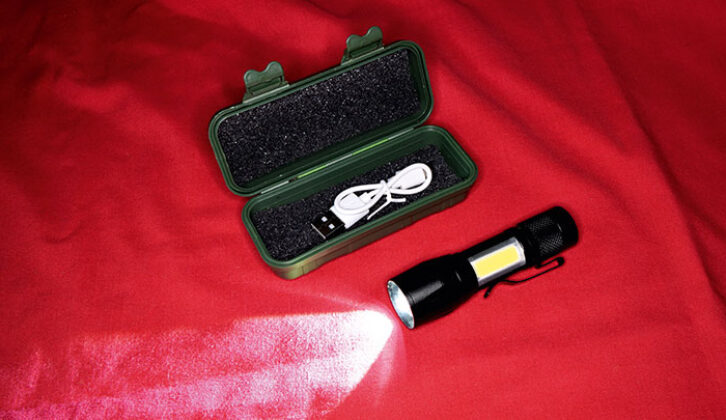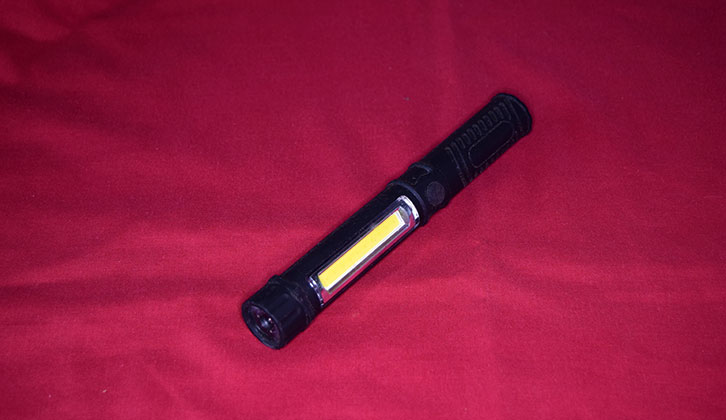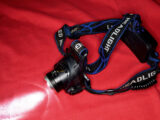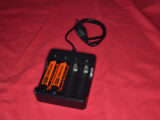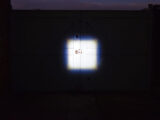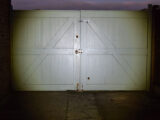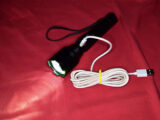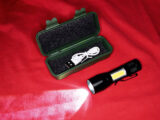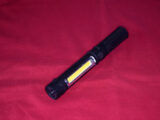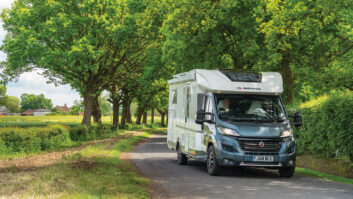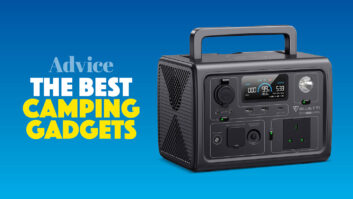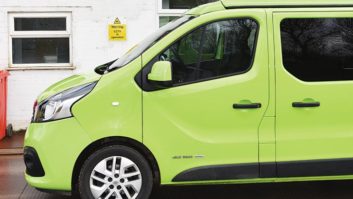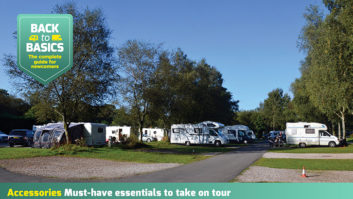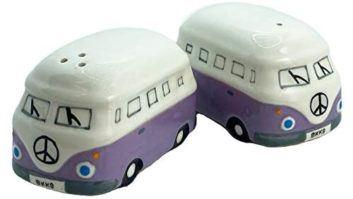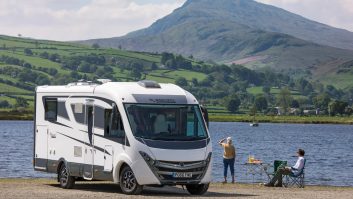Knowing how to choose a good torch can have a surprisingly important impact on your tour.
After all, motorcaravanning is all about enjoying the great outdoors. There’s nothing better than relaxing by your vehicle in the evening with a gin and tonic, watching the sun go down while sitting in a comfortable camping chair. But when the sun does set, a motorhome site can become a very dark place indeed. Agreed, some are well lit, but most are not – which of course, is also a great part of their charm for many of us.
Lighting up
Whatever the case, the ability to find your way about the site grounds after dark, whether you are off to visit the shower block or are touring with a dog and need to walk your canine companion, is going to involve a torch.
Most of us possess some kind of torch, usually ranging from the light on our phone to an ancient device that grandad used during the war.
Chances are, you have always made do with what you’ve got lying around at home and left it at that. But if this describes your situation, you really are missing out.
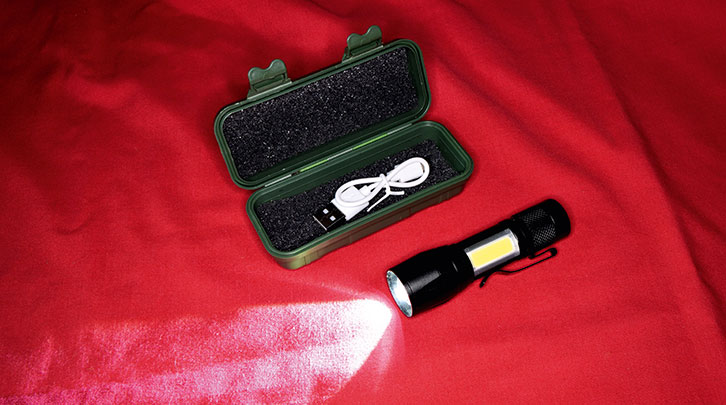
Torch technology has come a long way these days, and there are some superb examples out there, all of them relatively low cost and of excellent quality. Here, we’re outlining the many advances made in torch design and offering guidance in making the correct selection for your needs – once you start to shop around, you’ll find the options are diverse and numerous.
In the past, torches basically used a tungsten filament light bulb and disposable batteries, but with the development of new technology, such devices have become obsolete.
- Take a look at our how to solder guide to learn a useful DIY skill that can be really useful for motorcaravanners.
LEDs lead the way
Needless to say, the turning point has been the adoption of LED technology and in particular, Cree LEDs. The latter are based on silicone carbide crystal technology. They are used in most high-output functions, such as vehicle headlights and floodlighting.

LEDs provide copious light output, have low power consumption and offer a very long lifespan.
Another major advance has been the arrival of lithium ion rechargeable batteries, which can store significant amounts of power for their size.
This combination has given rise to a host of excellent, relatively cheap, torch designs.
How to choose a torch – the key points to consider:
When selecting a torch, it is advisable to opt for one fitted with Cree LEDs. These can produce huge amounts of light while consuming little power. They also have a long life expectancy, of 50,000 to 100,000 hours.
Wherever possible, choose a torch that has rechargeable batteries, not disposables. Not only will this save you money, it also offers greater storage capacity if you use lithium ion batteries. Most rechargeable batteries can be charged from a standard 5V USB, such as a phone charger or a computer USB.
Many torches now have robust aluminium bodies, and most offer a waterproof rating, from ‘splashproof’ to ‘waterproof’, so are suitable for use in adverse conditions.
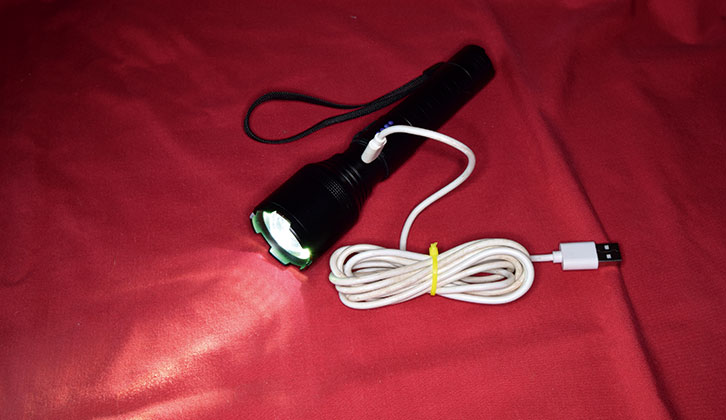
Most have a ‘lumen’ rating, indicating their light output – as an example, a 60W tungsten filament bulb emits around 800 lumens. The majority will also list the storage capacity of their battery, which is measured in mAh or milliampere-hour, which gives an indication of how many mA of current can be delivered by the battery over a time period of one hour.
The higher the number, the more power it can store.
One very useful option is the ability to zoom the torchlight beam, from a thin, narrow, high-intensity beam to a broad, evenly spread light suitable for illuminating large areas. This is usually achieved simply by moving the lens assembly in and out.
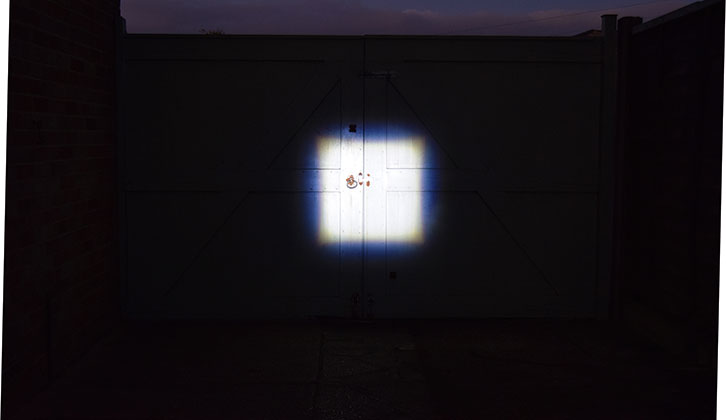
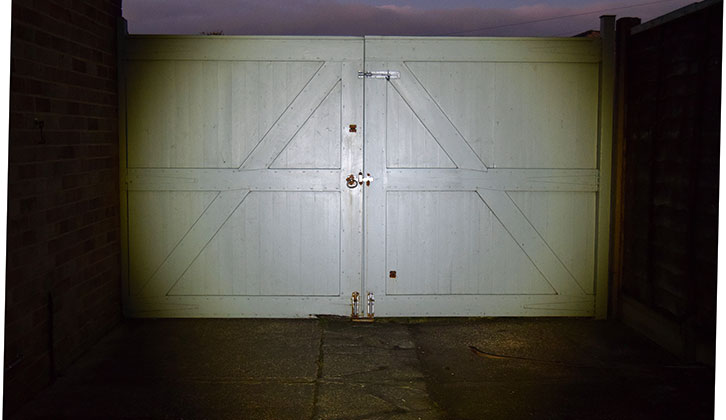
Another very worthwhile addition is indicator lights showing the charge state of the battery during the charge and discharge phases.
There are lots of hand-held torches to choose from, but there will be times when a hands-free head torch is more suitable. Many people carry both types on tour.
Torches with a COB LED array. COB – or Chip on Board – arrays are additional LEDs that are attached to the side of the torch, particularly handy for illuminating a specific area. This would allow you to read books and so on when they are laid flat on a table.
- Looking for more useful accessories to take on tour? Then don’t miss our best camping gadget guide, where we share our pick of the products that will enhance any tour.
Future Publishing Limited, the publisher of Practical Motorhome, provides the information in this article in good faith and makes no representation as to its completeness or accuracy. Individuals carrying out the instructions do so at their own risk and must exercise their independent judgement in determining the appropriateness of the advice to their circumstances. Individuals should take appropriate safety precautions and be aware of the risk of electrocution when dealing with electrical products. To the fullest extent permitted by law, neither Future nor its employees or agents shall have any liability in connection with the use of this information. Double check any warranty is not affected before proceeding.
If you’ve enjoyed reading this article, why not get the latest news, reviews and features delivered direct to your door or inbox every month. Take advantage of our brilliant Practical Motorhome magazine SUBSCRIBERS’ OFFER and SIGN UP TO OUR NEWSLETTER for regular weekly updates on all things motorhome related.
